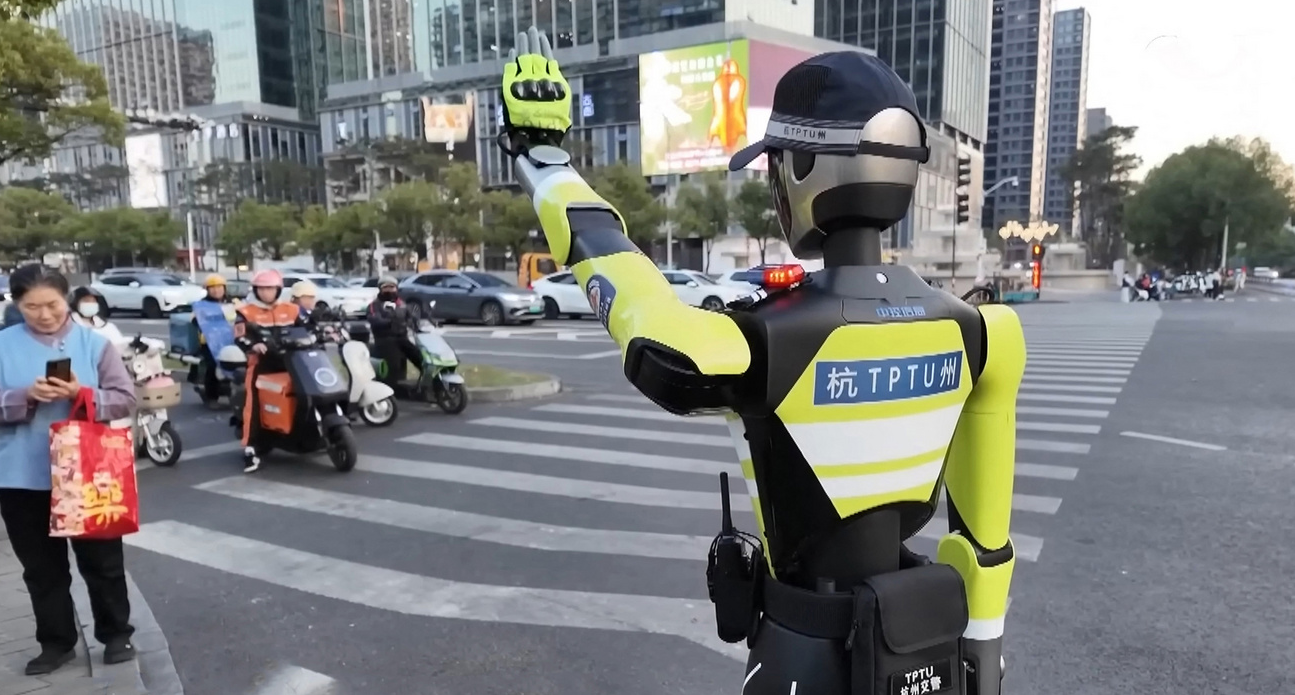When former U.S. President Donald Trump labeled the coronavirus “the Chinese virus,” he stoked the flames of a dark byproduct of the Covid-19 pandemic: a rising wave of anti-Asian hate.
The slur blames particular places and ethnic communities for containing and spreading illness, which “harkens back to the early anti-Asian sentiment that characterized people from China as diseased,” as explained in a new publication by Committee of 100.
The 15-page handbook, titled the “Anti-Hate Glossary,” seeks to combat this rise in racism through education. Containing approximately 30 entries, it endeavors to raise awareness of racist or inappropriate language that can cause harm to the Asian community.
According to its website, the non-partisan leadership organization behind the publication aims to facilitate understanding between China and the U.S. by building constructive relations among Chinese and American communities.
The list is broken into three categories: Yellow Peril-related stereotypes, model minority tropes, and gendered stereotypes.

Cover of the glossary
Elizabeth Kerr, who coordinated the research, said in the virtual event introducing the glossary that it serves to bring awareness to the challenges faced by Chinese Americans, Asian Americans, and Pacific Islanders.
“Language is something we all use every day,” says Kerr. “We see [the glossary] as an accessible frame to share the experiences of Chinese Americans in a way that everyone can understand, appreciate, and, most importantly, remember.”
Ranging from old derogatory terms such as ‘Zipperhead’ and ‘Fu Manchu’ to the more recent labels like ‘Kung Flu,’ the entries not only contain definitions but unfold the reasons why these terms are problematic.
“Seeing tropes or using and hearing words that speak ill of Chinese Americans and the AAPI community isn’t new,” the communication director of Committee of 100, Charles Zinkowski, tells RADII.
In the book Raciolinguistics: How Language Shapes Our Ideas About Race, linguistic scholars emphasize how language plays a critical role in shaping our perception of race and identity.
Recent research conducted by the Center for the Study of Hate and Extremism indicates anti-Asian hate crimes in the U.S. rose by 339% from 2020 to 2021, as NBC News reported.
“The racist and xenophobic language that has been used to describe Chinese Americans has no doubt contributed to the rise in violence and hatred directed at the AAPI community we have seen in just the past few years alone,” says Zinkowski.
“Pushing back against systemic bias is a real, ongoing battle for Chinese Americans, but a lot of Americans may not understand why certain terms are hurtful and dangerous,” Zhengyu Huang, president of the organization, notes in a press release.

An example of one entry from the glossary
Understanding how language shapes our perceptions of race and contributes to the negative experiences of minorities in the Western world has never been more important — it’s a battle we all need to fight. Because, as legendary writer George Orwell once plainly wrote: “If thought corrupts language, language can also corrupt thought.”
The full version of the glossary can be viewed here.
Cover image via Depositphotos
















